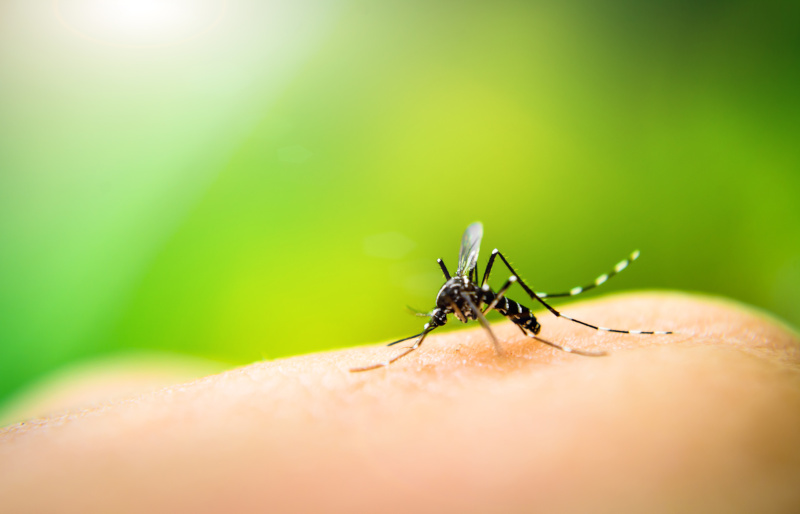
Dengue alarm in Europe: between climate change and new challenges
The spread of the virus and the importance of prevention
In a context characterized by a global increase in temperatures and significant climate change, the alarm for the spread of dengue fever in Europe has become a topic of growing concern for public health. This viral disease, mainly transmitted by mosquitoes of the genus Aedes, is traditionally associated with tropical and subtropical climates, but is now finding fertile ground in European countries, including Italy, Spain, and France, due to phenomena related to tropicalization and increasing average temperatures.
What is dengue and how does it manifest
Dengue, also known as “breakbone fever“, is a viral infection transmitted to humans through the bite of infected mosquitoes, predominantly of the Aedes aegypti species. Most infected people do not show symptoms or have mild forms, which include high fever, headache, muscle and joint pains, nausea, and a skin rash. However, in some cases, dengue can evolve into severe forms, requiring hospital care and, in rare cases, leading to death.
Prevention and treatment
Prevention is mainly based on avoiding mosquito bites, especially during daylight hours when the insects are most active. Currently, there is no specific treatment for dengue; therapies focus on relieving symptoms through the use of antipyretics and analgesics, avoiding medications that may increase the risk of bleeding. There is a vaccine, Dengvaxia, recommended for those who have already contracted the disease in areas where dengue is endemic.
The role of climate change
Climate change plays a crucial role in the spread of dengue to new geographical areas, including Europe. Increasing average temperatures, variations in precipitation, and prolonged periods of drought favor the proliferation and activity of vector mosquitoes, increasing the risk of virus transmission. The World Health Organization itself has issued an alert regarding the increase in dengue cases globally, attributing part of the responsibility to global warming.
Why Europe is at risk
In Europe, the dengue vector, the Aedes mosquito, is becoming established more frequently, leading to local outbreaks of the disease. Countries like France, Italy, and Spain have already reported autochthonous cases of dengue, highlighting a trend towards increased infections and the potential endemicity of the virus on the continent. This scenario poses new challenges for European public health, requiring strengthened measures for vector prevention and control, as well as increased awareness of the risk posed by dengue.
Dengue represents an emblematic example of how climate change can directly influence human health, facilitating the spread of infectious diseases previously confined to well-defined geographical areas. Responding to this challenge requires a coordinated approach that includes environmental monitoring, vector control, research and development of new diagnostic and therapeutic tools, and public information and awareness campaigns.
Sources


